What Is An Adapter Ring For Cameras?
In the world of photography, the quest for the perfect shot often leads photographers to explore various tools and accessories that can enhance their capabilities. One such accessory that has gained significant attention is the adapter ring for cameras. This seemingly simple device can open up a world of possibilities, allowing photographers to use a wide range of lenses and filters that would otherwise be incompatible with their camera bodies. In this article, we will delve into the intricacies of adapter rings, exploring their types, uses, benefits, and practical considerations for photographers.
Understanding Adapter Rings
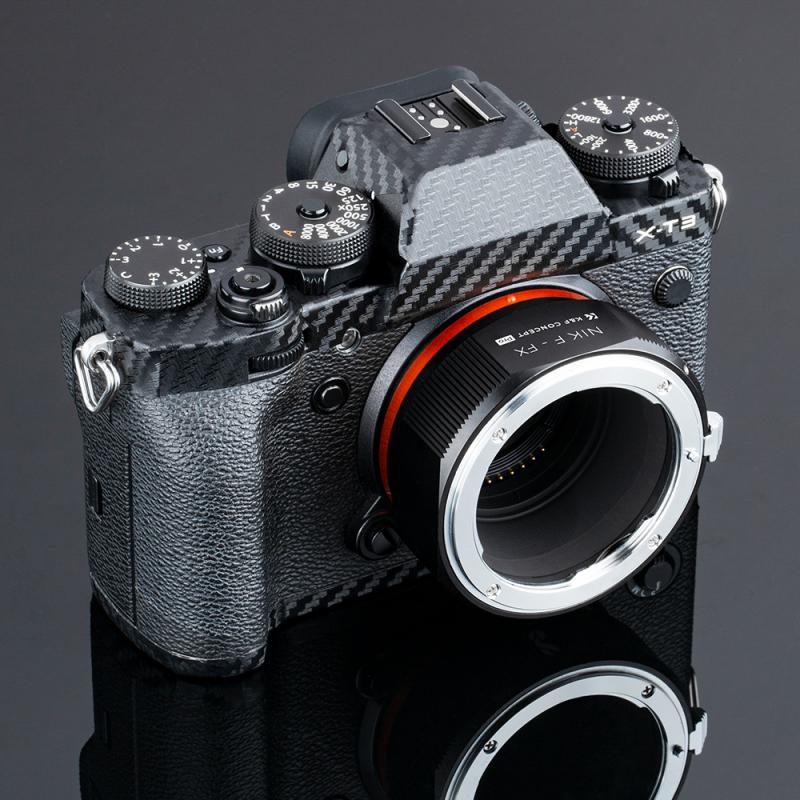
An adapter ring, also known as a lens adapter or filter adapter, is a device that allows photographers to attach lenses or filters to their camera bodies that are not natively compatible. These rings come in various sizes and configurations, enabling the connection between different lens mounts and filter thread sizes. The primary purpose of an adapter ring is to bridge the gap between different systems, providing photographers with greater flexibility and creative options.
Types of Adapter Rings
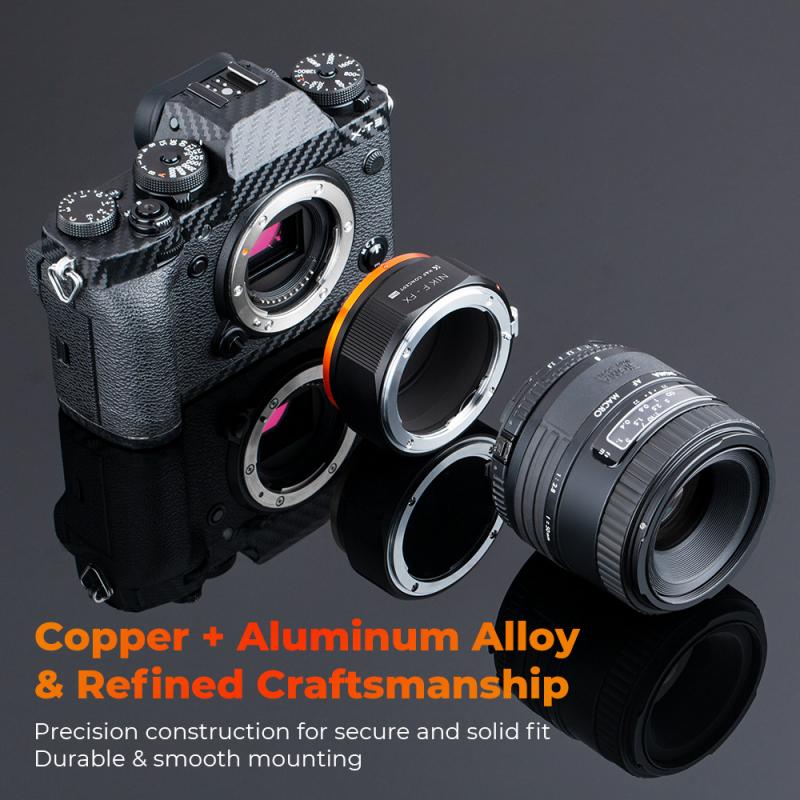
Adapter rings can be broadly categorized into two main types: lens adapter rings and filter adapter rings.
1. Lens Adapter Rings: These rings are designed to allow lenses from one brand or mount type to be used on a different camera body. For example, a Canon EF lens can be mounted on a Sony E-mount camera using a lens adapter ring. These adapters can be either passive or active. Passive adapters do not have electronic contacts, meaning that autofocus and other electronic functions may not work. Active adapters, on the other hand, have electronic contacts that allow for communication between the lens and the camera body, enabling autofocus and other features.
2. Filter Adapter Rings: These rings, also known as step-up or step-down rings, are used to attach filters of different thread sizes to a lens. For instance, if you have a lens with a 52mm filter thread and a filter with a 58mm thread, a step-up ring can be used to attach the larger filter to the smaller lens. Conversely, a step-down ring allows a smaller filter to be attached to a larger lens.
Benefits of Using Adapter Rings
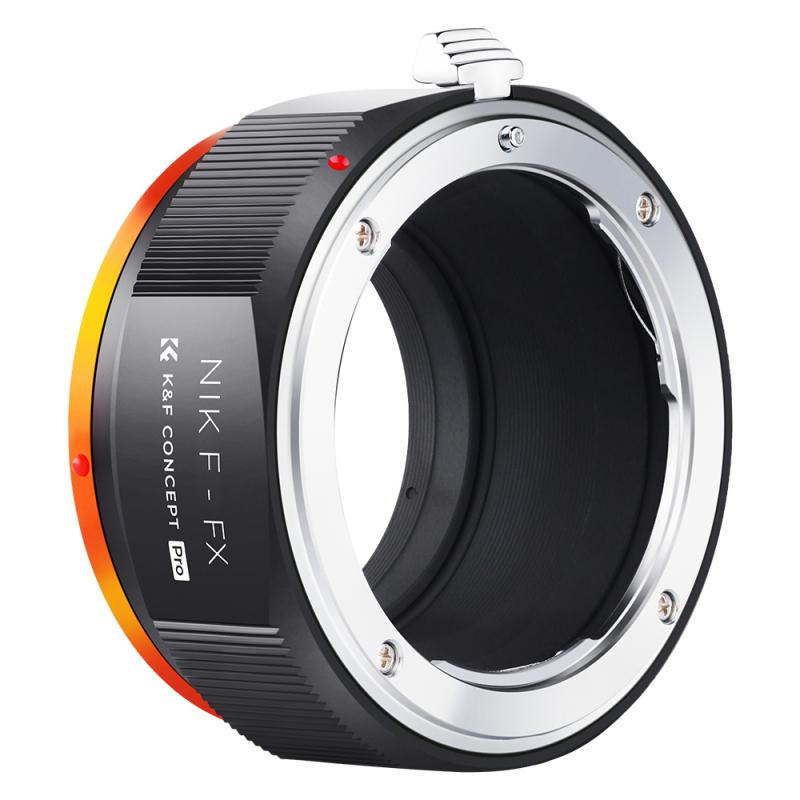
The use of adapter rings offers several advantages to photographers, enhancing their creative potential and expanding their toolkit.
1. Versatility: Adapter rings provide photographers with the ability to use a wide range of lenses and filters, regardless of the brand or mount type. This versatility is particularly beneficial for photographers who own multiple camera systems or who want to experiment with different lenses and filters without investing in new equipment.
2. Cost-Effectiveness: Instead of purchasing new lenses or filters for each camera system, photographers can use adapter rings to make their existing equipment compatible. This can result in significant cost savings, especially for those who have invested in high-quality lenses and filters.
3. Creative Flexibility: Adapter rings enable photographers to explore new creative possibilities by combining different lenses and filters. For example, a vintage lens with unique optical characteristics can be used on a modern digital camera, resulting in distinctive and artistic images.
4. Extended Equipment Lifespan: By using adapter rings, photographers can continue to use their favorite lenses and filters even if they switch to a different camera system. This extends the lifespan of their equipment and reduces the need for frequent upgrades.
Practical Considerations

While adapter rings offer numerous benefits, there are several practical considerations that photographers should keep in mind to ensure optimal performance and results.
1. Compatibility: It is essential to ensure that the adapter ring is compatible with both the lens and the camera body. This includes checking the mount type, thread size, and any electronic features that may be required for full functionality.
2. Build Quality: The quality of the adapter ring can significantly impact its performance. High-quality adapter rings are typically made from durable materials such as metal, ensuring a secure and stable connection between the lens and the camera body. Poorly made adapters can result in misalignment, light leaks, and other issues that can affect image quality.
3. Functionality: For lens adapter rings, it is important to consider whether the adapter supports electronic communication between the lens and the camera body. Active adapters with electronic contacts are generally more expensive but offer full functionality, including autofocus and aperture control. Passive adapters are more affordable but may require manual focus and aperture adjustments.
4. Optical Performance: Some adapter rings, particularly those that involve significant changes in flange distance (the distance between the lens mount and the camera sensor), may include optical elements to maintain image quality. These elements can affect the overall optical performance, so it is important to choose adapters from reputable manufacturers to minimize any negative impact.
5. Weight and Balance: Using an adapter ring can alter the weight and balance of the camera setup, especially when attaching larger lenses. Photographers should be mindful of this and ensure that their tripod or support system can handle the additional weight.
Adapter rings for cameras are invaluable tools that can greatly enhance a photographer's versatility and creative potential. By allowing the use of a wide range of lenses and filters, these rings provide cost-effective solutions for expanding one's photographic toolkit. However, it is crucial to consider compatibility, build quality, functionality, optical performance, and weight when selecting and using adapter rings. With the right adapter ring, photographers can unlock new possibilities and continue to explore the art of photography with greater freedom and flexibility. Whether you are a professional photographer or an enthusiastic hobbyist, understanding and utilizing adapter rings can elevate your photographic experience and help you achieve your creative vision.


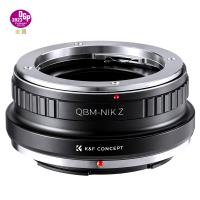
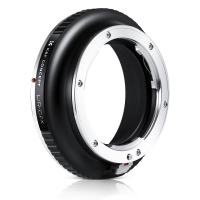


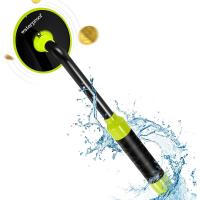
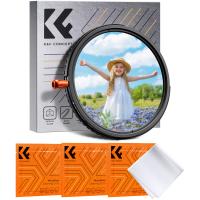
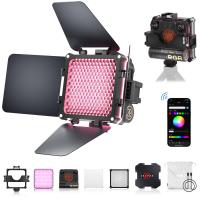
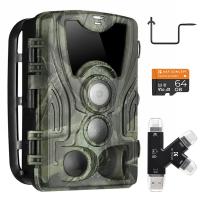

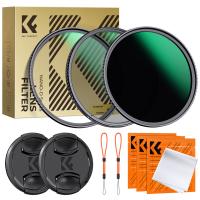




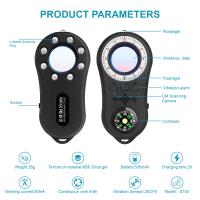
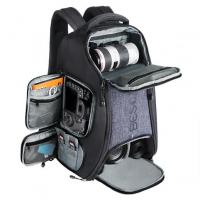

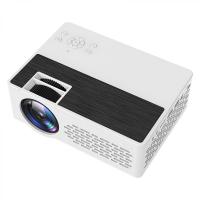
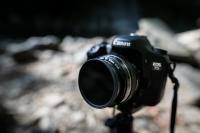

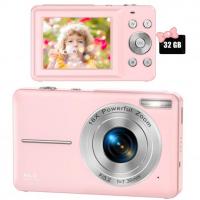

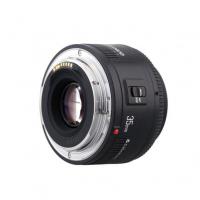


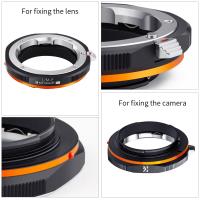

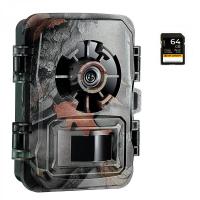


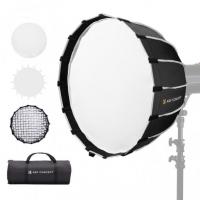
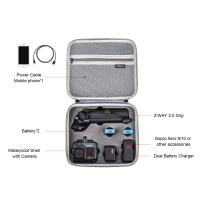

There are no comments for this blog.